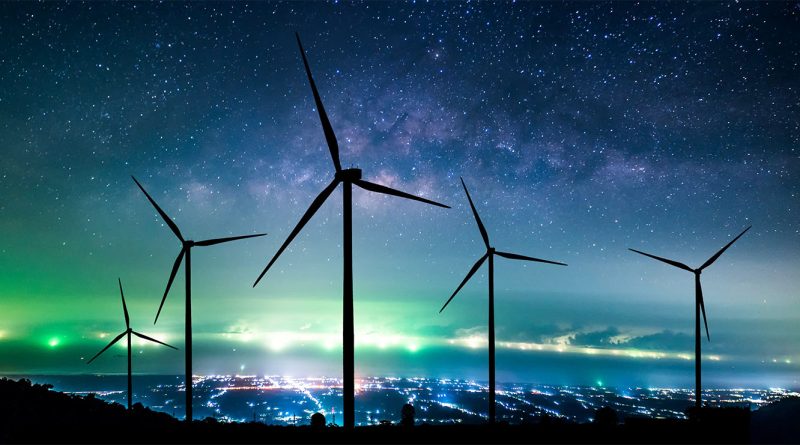The Power of Wind: 5 Key Facts About Wind Power in the United States
Wind power is a crucial part of America’s energy landscape, contributing to clean and sustainable energy generation. In this listicle, we’ll explore five key facts about wind power in the United States, shedding light on its significance and impact.
1. Growing Wind Energy Capacity
The United States has been rapidly expanding its wind energy capacity, having a cumulative wind power capacity of 142 GW, with more than 72,000 installed utility-scale wind turbines. This represents a significant increase from 40 GW in 2010 to 142 GW, demonstrating rapid growth and a strong commitment to renewable energy.
2. Job Creation and Economic Benefits
Wind power is a major economic driver, with total annual U.S. electricity generation from wind energy increasing from about 6 billion kWh in 2000 to about 380 billion kWh in 2021. This growth indicates a booming industry with substantial job creation and economic contributions.
The American Clean Power Association (ACP) reports that the wind industry supports over 120,000 jobs in the U.S., contributing to local economies and communities.
3. Offshore Wind Potential
Offshore wind power in the U.S. is expanding, with wind now being the largest source of renewable electricity generation in the country, providing 10.1% of the nation’s electricity. This growth, especially in offshore wind, reflects its significant potential for future energy generation.
States like Massachusetts and New York are leading in this sector, with ambitious offshore wind projects.
4. Environmental Benefits
Wind power’s role in reducing greenhouse gas emissions is further emphasized by its status as the largest renewable electricity source in the U.S. (excluding hydropower), accounting for roughly nine percent of total electricity generation. It’s estimated that in 2020, wind energy avoided over 200 million metric tons of carbon dioxide emissions in the U.S., equivalent to taking 43 million cars off the road for a year. This demonstrates its substantial impact on reducing carbon emissions.
5. Challenges and Future Prospects
Despite its benefits, wind power faces challenges such as intermittency and grid integration. However, advancements in energy storage and grid technology are addressing these issues, making wind power even more reliable.
Wind power stands as a cornerstone of America’s energy transition, driving economic growth, reducing greenhouse gas emissions, and expanding renewable energy capacity. As the industry addresses challenges and incorporates technological advancements, the future of wind power in the United States appears promising, heralding a cleaner, greener, and more sustainable energy future for generations to come.
